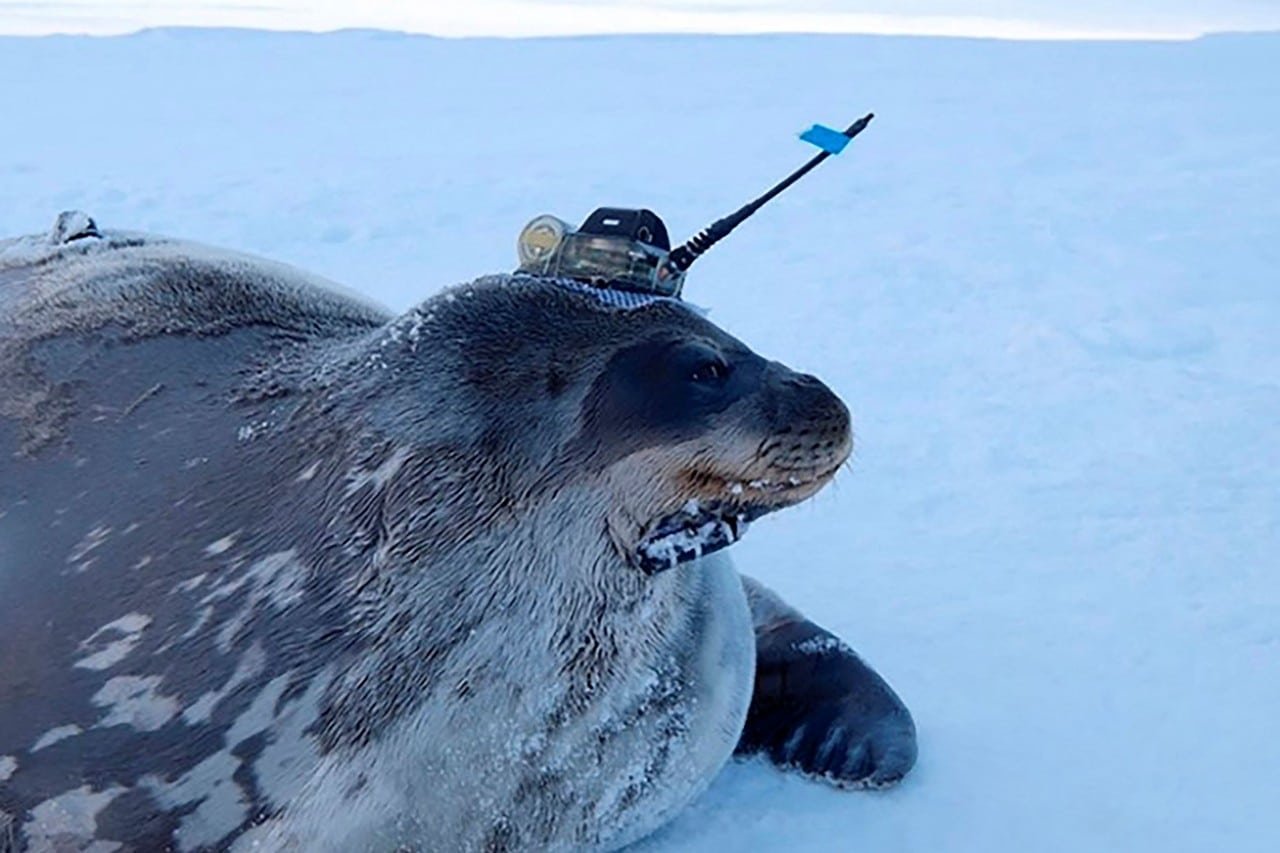1 MARCH, TOKYO – A seal wearing a helmet with an antenna may appear weird, but eight Weddell seals have been assisting Japanese researchers in surveying the seas beneath Antarctica’s huge ice sheet, each with a 580g monitoring gadget on their helmets.
These seals were captured for a research project between March and November 2017 – Antarctic winter – and were fitted with a head-mounted conductivity, temperature, and depth sensor, which allows scientists to collect data such as water temperatures and salt levels in areas with extreme environmental conditions.
Such a study, according to project head Nobuo Kokubun, aids scientists in tracing the creatures’ behavioural patterns and ecology.
“We can go to Antarctica aboard icebreakers throughout the summer to undertake genuine scientific operations and collect data.” “However, such things cannot be done in so many areas during the winter,” Kokubun said in an interview with Reuters on Friday.
“However, numerous animals, such as seals, live in the vicinity of Antarctica, so I thought we should have them gather the data,” Kokubun continued.
Seven seals were successfully tracked and one of them travelled as far as 633 kilometres (393 miles) from Japan’s Showa Station in Antarctica, while another plunged to a depth of 700 metres (2,297 ft).
The data also revealed that warm salt water from the open ocean’s top layer reached Antarctica from March through winter that year, according to Kokubun. Sea species such as Antarctic krill, an important food source for seals, were brought in by the water flowing beneath the ice.
Kokubun intends to create the gadget small enough to fit on other species at the South Pole, such as penguins, in order to investigate the impact of global warming on Antarctic coastal regions.
“The advantage of using penguins is that they return to the same location, so we can gather data from them right away.” We may also use the gadgets on a big number of penguins to cover a huge region,” he explained.








